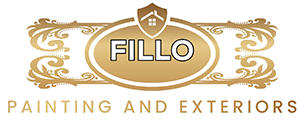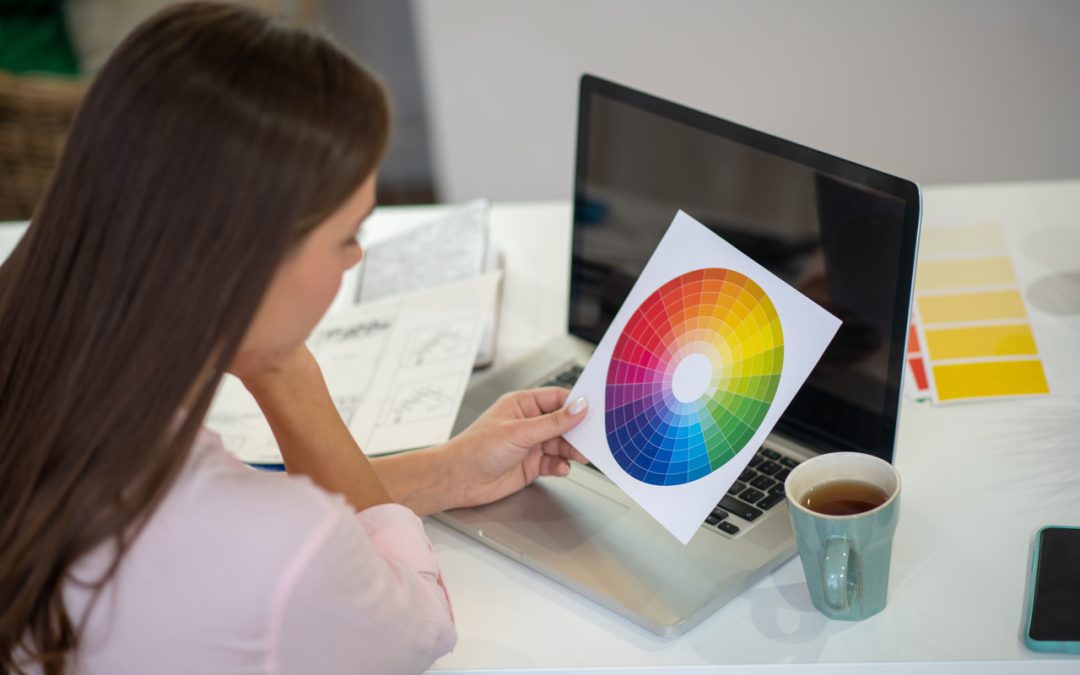Whether you’re planning to give your living space a fresh coat of paint or simply looking to touch up some scuff marks, knowing how to perfectly match your paint colors can make all the difference. The key to unlocking this skill lies within a fundamental tool used by artists and designers alike: the color wheel.
By understanding how to effectively utilize the color wheel for paint match perfection, you’ll not only elevate the aesthetic of your space but also transform it. Let’s dive in together.
The Science Behind the Color Wheel
The color wheel was first introduced by Sir Isaac Newton in 1666 and since then has been a fundamental tool for artists and designers worldwide.
The color wheel is made up of three primary colors (red, blue, yellow), three secondary colors (orange, green, purple), and six tertiary colors (red-orange, yellow-orange, yellow-green, blue-green, blue-purple, and red-purple).
This creative tool is based on the scientific principle that all visible light is made up of different wavelengths and when these wavelengths overlap, they create new colors. This is why when you spin a color wheel, the colors blend seamlessly together.
Finding Ideal Color Groupings
Understanding color groupings on the color wheel is essential for flawless paint match endeavors. These groupings, including monochromatic, complementary, analogous, and triadic schemes, serve as a guide to creating visually appealing combinations. Here is a quick breakdown:
- Monochromatic schemes focus on a single color, varying only in shade or tint, providing a cohesive and soothing aesthetic. This approach is fantastic for those seeking a subtle yet elegant paint match in their interiors.
- Complementary colors are directly opposite each other on the color wheel. This pairing offers a striking contrast, perfect for those wanting to make a bold statement with their paint match. Rooms utilizing complementary colors are vibrant and dynamic, ensuring that elements within the space stand out.
- Analogous color schemes involve colors that are next to each other on the color wheel. This grouping is less contrasting than complementary colors but still offers visual interest and harmony. Using analogous colors for a project ensures a serene and comfortable atmosphere, ideal for living spaces and bedrooms.
- Triadic color schemes consist of three colors evenly spaced around the color wheel. This scheme is more balanced and harmonious than complementary while maintaining vibrant color dynamics. Implementing a triadic scheme can bring a lively yet balanced palette into any room.
Leveraging these color groupings wisely can significantly enhance your paint-matching process, allowing you to create spaces that are cohesive, dynamic, and visually engaging. Whether you’re aiming for a subtle or bold effect, understanding these principles will help ensure beautiful results.
Simple Tips for Perfect Paint Matching
Now that you’re well-versed in the science behind the color wheel and understand how to utilize its groupings, let’s dive into three key tips:
- Utilize paint chips or swatches: Many hardware stores offer small samples of paint colors for purchase. These are perfect for testing out different colors in your space and comparing them to existing colors. Or you can take a chip of paint from your wall and bring it to a professional.
- Consider lighting: Natural and artificial lighting can significantly impact the appearance of paint colors in a room. Be mindful of how light affects the color and choose a paint color that looks good under different lighting conditions.
- Start with a neutral base: If you’re unsure about which color to choose, begin with a neutral color as your base. This will make it easier to incorporate other colors and create a cohesive palette.
Make Paint Cohesiveness Easier with Fillo Painting
There’s a lot to remember when it comes to picking the right colors for your theme. But with the right knowledge and a little help, creating a flawless paint match can be effortless. At Fillo Painting, we provide expert painting services to elevate the look and feel of your interior space.
Our team of professionals specializes in color consultation and will work with you to choose the perfect colors for your home. So contact us for all your paint-matching questions. We’re here for you.

